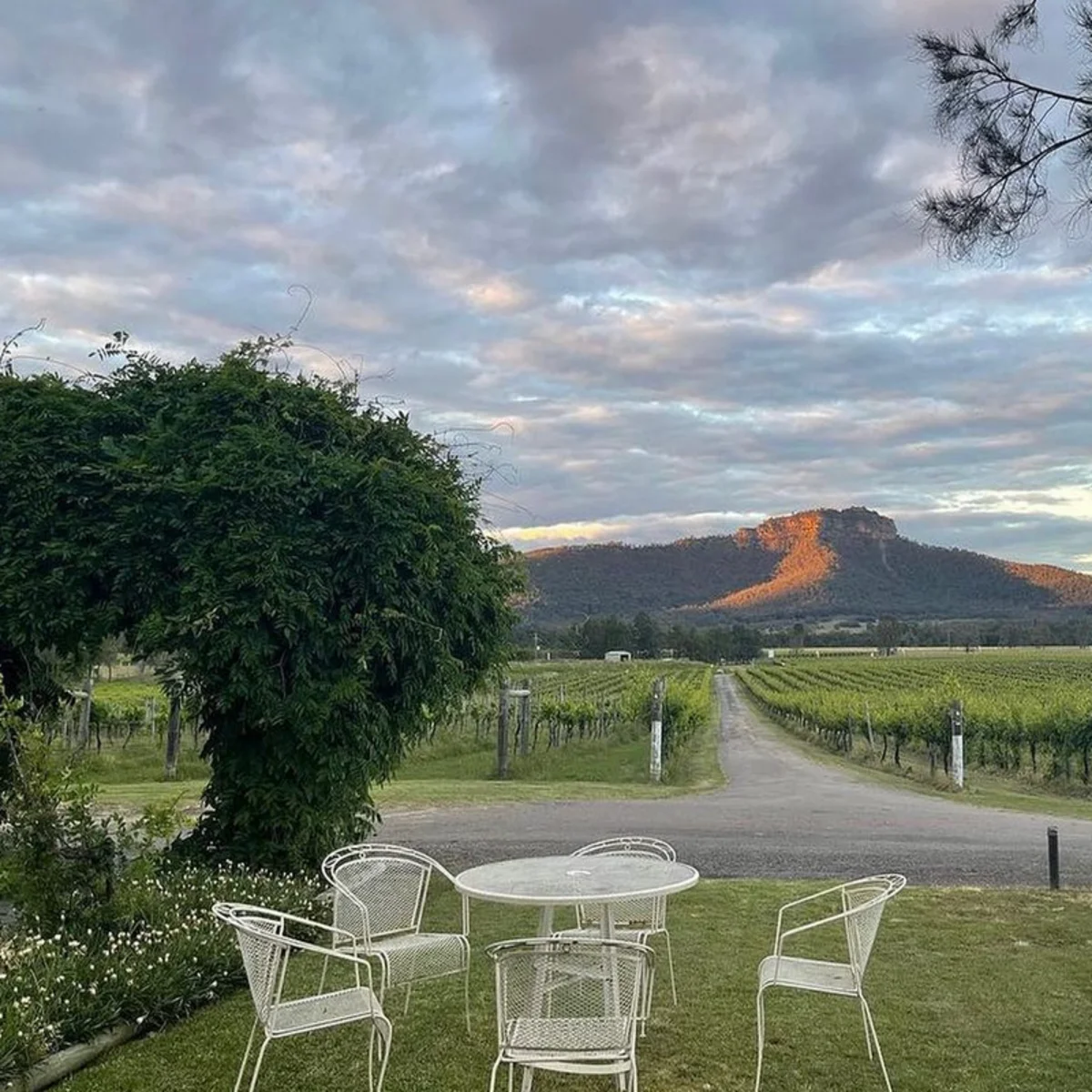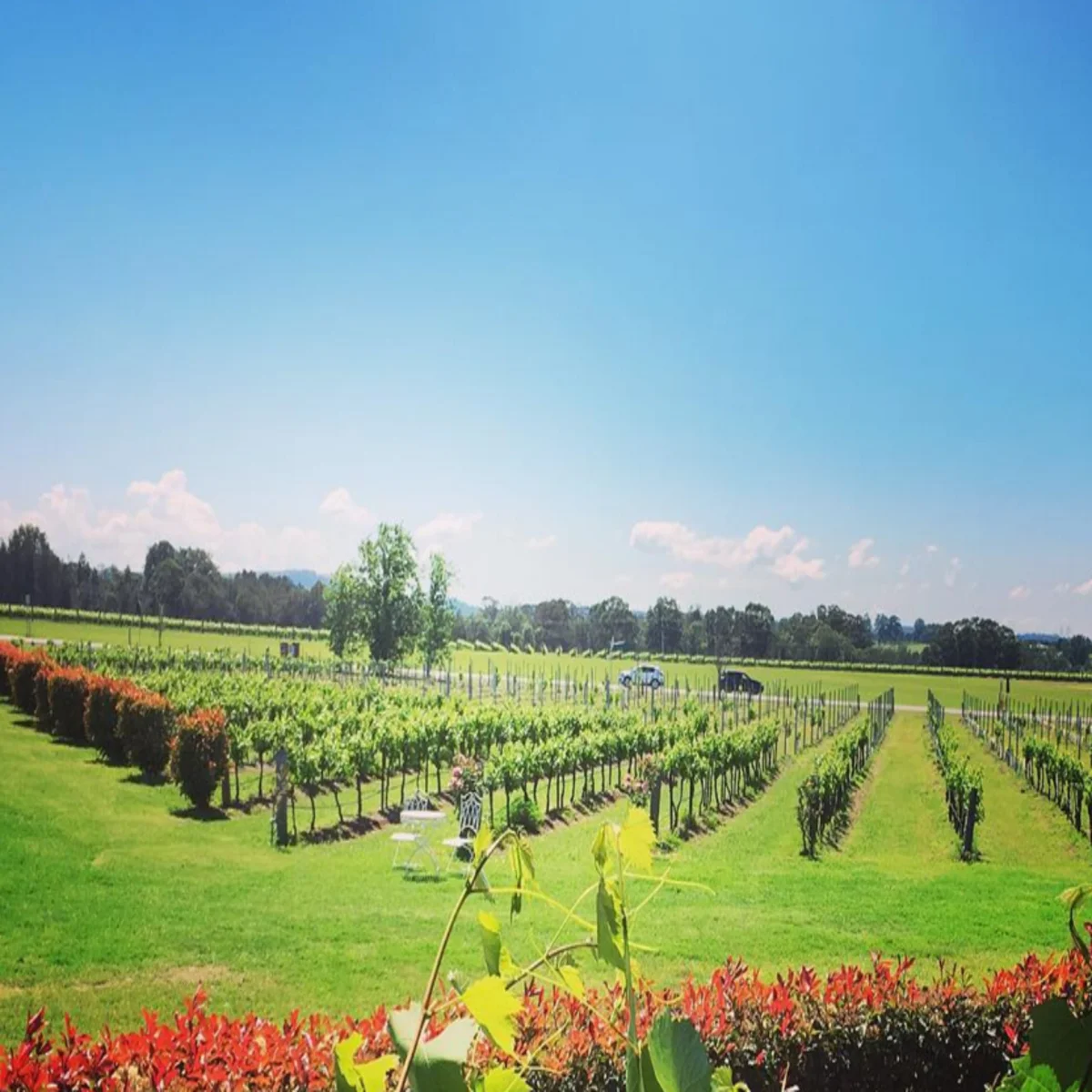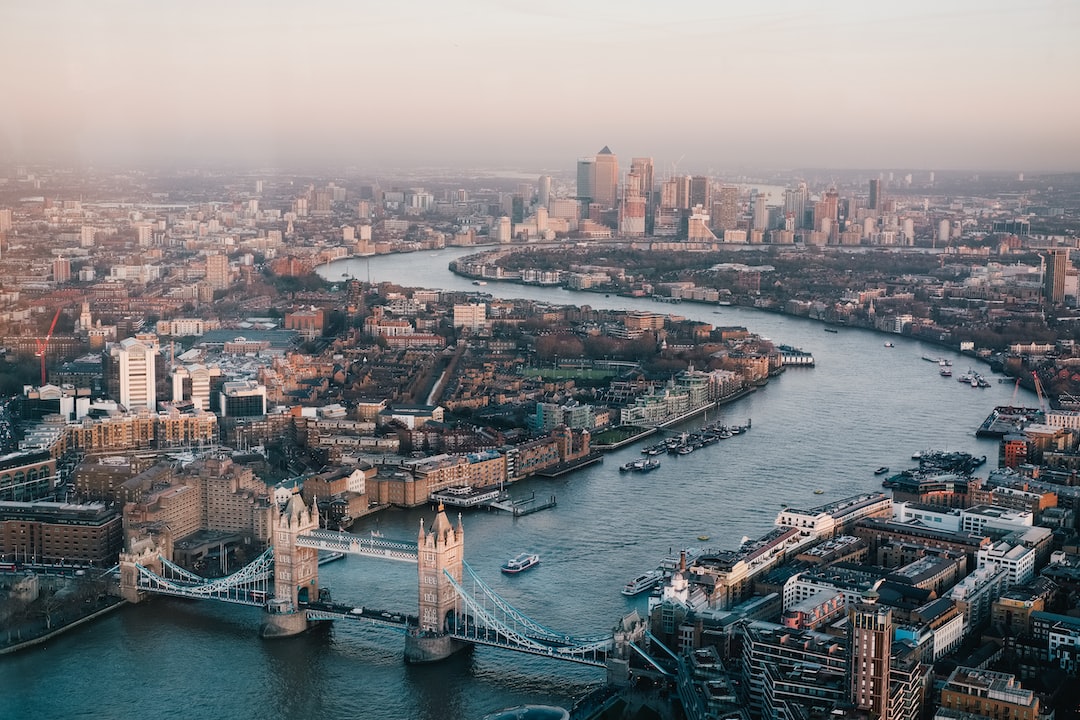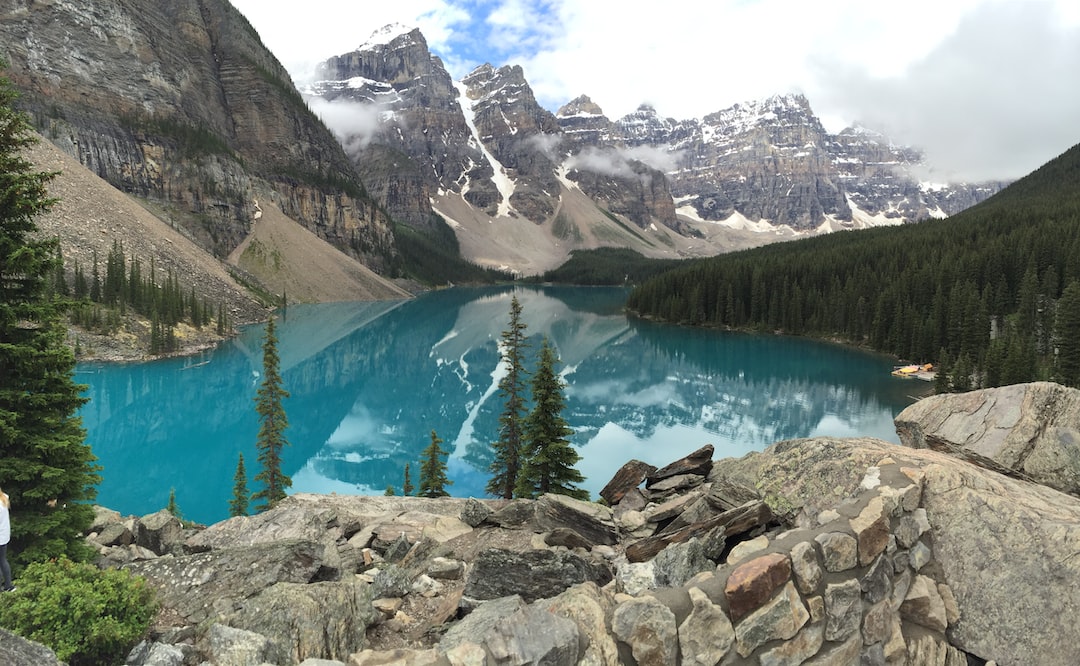The story of two origins.

The Yarra Valley in Australia is known for its diverse landscape and varying elevations, making it a leading cool-climate region capable of producing a range of classic wine styles.
Victoria has a rich history dating back to 1838 and is known as the birthplace of the wine industry in the state. It began to gain prominence in the 1970s.
The Yarra Valley in Australia is known for its cool-climate regions and is home to innovative winemakers pushing the boundaries of grape cultivation.
The Yarra region focuses on sustainable practices in growing and winemaking while also valuing traditional methods. The emphasis on quality and flavour in wine has influenced the local produce, creating a food and wine destination in the area.
Colourful history
Vines were planted in 1838 in Victoria, making it the state's first wine-growing district. Production ceased in 1921 due, in part, to increased demand for fortified wine. Replanting efforts began in the 1960s, leading the region to be acknowledged as one of Australia's top cool-climate regions.
Cool-climate diversity
The cool-climate wine region ranges in altitude from 30 to 400 metres, with a diverse landscape and variations in soil and climate that allow for the growth of classic varieties like Chardonnay, Pinot Noir, Cabernet Sauvignon, and Shiraz, as well as an exciting selection of emerging styles.
Innovative growers and winemakers
The Yarra Valley is known for its innovative winemakers who are experimenting with a variety of alternative grapes, such as Nebbiolo, Arnes, Gamay, and Grüner Veltliner, which have shown potential in recent years.
Exciting winemakers are emerging in the region, challenging traditional practices and exploring new possibilities.
Natural beauty and tourism
The Yarra Valley is a picturesque region near Melbourne, with a river flowing through it and many wineries, cellar doors, and local produce. Residents and businesses in the area take pride in their food offerings and showcase them at various markets and restaurants.
Yarra Valley History:
There is a rich history of wine spanning 180 years.
In the beginning
The Yarra Valley has a history of over 30,000 years, with the Wurundjeri people as its traditional landowners.
The Yarra River, known as " Birrarung" meaning "place of mists and shadows", is a stunning region with a rich Aboriginal dreamtime story.
1838
The Yarra Valley, located near Melbourne, became Victoria's first significant wine-growing region. Originally from Scotland, the Ryrie brothers planted the first vines in 1838 on their property, now known as Yering Station.
1849
The Yarra Valley's viticultural history can be attributed to Charles Joseph La Trobe, the first Lieutenant-Governor of Victoria. La Trobe planted vines in the garden of the first Government House in Melbourne and invited Clement Deschamps, a skilled vineyard worker from Switzerland, to come to Victoria. Deschamps was joined by friends like Paul de Castella, who arrived in 1849 and established Yering Station. Initially, Castella was more interested in drinking wine but eventually started making his own when he ran out of his favourite Pommard.
1863
After two Swiss vignerons were drawn to the Yarra Valley, they faced vine growing and winemaking challenges. Still, they ultimately created three notable vineyards and wineries during the region's initial peak. As a result, the local wine industry thrived, and tourism significantly increased.
1875
St Huberts, now spanning 200 acres, produced over 500,000 bottles annually to meet Melbourne's high demand for wine. The city was prosperous, and Yarra Valley wines were receiving accolades at domestically and internationally prestigious competitions.
1877–1937
The first golden age of the Yarra Valley was short-lived due to several factors, including the arrival of phylloxera in 1877, an economic depression following a property crash in 1891, and increased competition from grape-growing regions in other states after the federation of Australia in 1901.

The shift towards fortified wine led to the cessation of Yarra Valley wine production in 1921, with all vineyards either already converted to pasture or being converted by 1937.
1960s
Reg Egan and other prominent winemakers such as Dr Bailey Carrodus, Dr John Middleton, and Guill de Pury played a significant role in transforming the Yarra Valley from a region known for dairy farming and scenery to a renowned wine-producing area.
1973
Dr Bailey Carrodus from Yarra Yering was the first to produce commercial vintage in the region after 50 years. With a doctorate in plant physiology from Oxford, he was known for his bold and unique wines. He planted low-yielding vines without irrigation, which was innovative at the time. His pursuit of high-quality cool-climate wines set a standard for the region and influenced Australian wine evolution.
1980–1985
In the early '80s, there was a resurgence in the Yarra Valley, establishing new wineries and solidifying the region as a prominent wine destination. TarraWarra was founded by the Besen family in 1982, followed by Yarra Ridge in the following year. Wine writer James Halliday also established Coldstream Hills, and the Klapp family founded Long Gully in 1985.
1990s and 2000s
Around 40 new wineries were established in the Yarra Valley region during the Australian wine industry boom. Due to the cool climate, the region couldn't produce the big, intense, popular wines then. However, some local winemakers saw this as an opportunity to create unique wines. Winemakers like Steve Webber, Steve Flamsteed, and David Bicknell started exploring the region's vineyard sites and experimenting with new winemaking techniques. This focus on experimentation inspired a new generation of innovative winemakers in the Yarra Valley, leading to remarkable results.
Today
The cool-climate region has seen a surge in creativity, with well-known classic styles now accompanied by innovative wines reflecting Australia's latest winemaking techniques. Winemakers are exploring methods such as extended skin contact, minimal sulphur additions, whole-bunch fermentation, and other ways to reduce winery intervention and focus more on vineyard practices.
We invite you to join the Melbourne Wine Tour if you are interested in our region.



